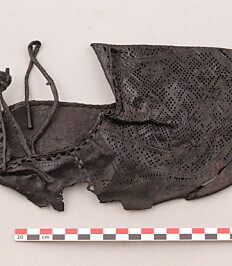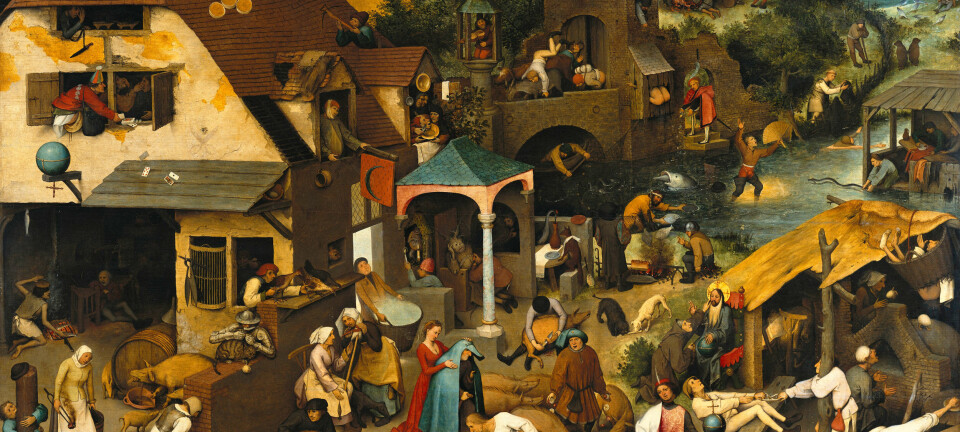
If you were rich in medieval Norway, you were also tall and had strong bones
Researchers have studied remains in burial grounds found around Norway.
Researcher Elin Brødholt from the University of Oslo and her colleagues examined the remains of 227 individuals found at five different burial sites in Norway.
The findings have been published in the scientific journal PLOS One, and are summarised in a press release from the journal.
St. Mary’s Church and St. Olav’s Monastery, both in Oslo, were considered burial grounds for people of high status.
Church of St. Clemens in Oslo, Church of Prestgard in Innlandet, and the cathedral ruins in Hamar were considered burial grounds for ordinary people.
High status, high growth
The researchers examined the bone density of each individual, and also measured their height.
They found differences in bone structure between the different social classes.
In general, the remains from the high-status burial sites had a higher bone density than the remains of those who could be categorised as ordinary people.
Researchers also found that those of high social status had been taller.
Social differences
However, the differences were greater for women than for men.
Why?
Possibly because a woman's lifestyle varied more with social class than it did for a man, the researchers believe – although this is currently only speculation.
They explain that bone density has varied between different places and different time periods in Scandinavia.
The researchers believe that the differences in this study can be attributed to variations in nutrition, activity levels and susceptibility to disease in the different social classes.
High status not always synonymous with good health
The researchers believe that their findings are an important contribution to understanding how social class has affected people's health over the centuries.
In 2021, forskning.no wrote about a study on a diplomat from the Mayan culture (link in Norwegian). High status was not necessarily a guarantee for a glamorous life over 1,000 years ago.
Among other things, he struggled with arthritis, and his skull was porous – a sign of poor nutrition early in life, according to the researchers.
In other words, the same possible explanation that the researchers behind the new Norwegian study have for the differences they found.
———
Translated by Alette Bjordal Gjellesvik.
Read the Norwegian version of this article on forskning.no
Reference:
Brødholt et al. Social stratification reflected in bone mineral density and stature: Spectral imaging and osteoarchaeological findings from medieval Norway, PLOS One, 2022. DOI: 10.1371/journal.pone.0275448
------


































